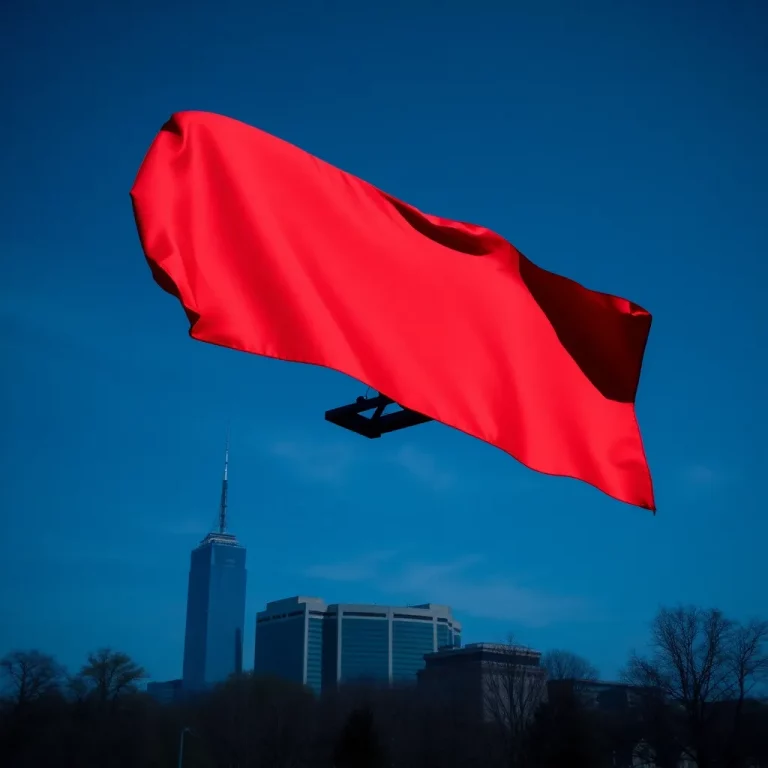In Nashville, recent developments in college athletics are reshaping the landscape for student-athletes, with significant changes emerging from a landmark settlement. On June 6, 2025, Judge Claudia Wilken approved a deal involving the NCAA, athletic conferences, and lawyers representing all Division I athletes. This settlement aims to provide clearer guidelines for player compensation, roster limits, and scholarship expansion, marking a pivotal moment for institutions like Vanderbilt University.
The settlement will take effect on July 1, 2025, and has the potential to create a more stable environment for student-athletes. It has been argued that the Name, Image, and Likeness (NIL) system strayed from its original purpose, and some believe it has turned into a “pay-for-play” scenario. With this new agreement, schools, including Vanderbilt, can directly pay athletes through revenue sharing, with each institution expected to start with around $20.5 million annually per 2025-26 school year. This amount is set to increase by about 4% each year until 2034-35.
Vanderbilt Athletic Director Candice Lee expressed optimism about these developments. She stated, “For Vanderbilt, we think it’s a very good thing, and we’re looking forward to optimizing our place in the new world.” The settlement introduces additional regulations around NIL deals, requiring that all agreements over $600 be approved by a third-party clearinghouse to ensure fairness in compensation.
Moreover, the settlement has opened up new opportunities regarding scholarship limits. NCAA Division I schools can now offer scholarships to all athletes on their roster, allowing greater flexibility. This shift means that all football players, for instance, can now receive scholarships instead of just a capped number. Each sport will be regarded as equivalency sports, allowing schools to divide scholarship funds among players as necessary.
While significant changes are on the horizon, the settlement also brings potential challenges. Future antitrust lawsuits and Title IX concerns may still arise, particularly regarding fair treatment among male and female athletes. As of June 11, eight female student-athletes have appealed to address these disparities in the payout of $2.7 billion owed to affected athletes, emphasizing the ongoing need for fairness and equality in college sports.
In conclusion, as Vanderbilt prepares for this new era in college athletics, the essence of teamwork, growth, and excellence remains at the core of its mission. The future looks promising for student-athletes, with the university ready to navigate these changes and support its athletes as they thrive on and off the field.



